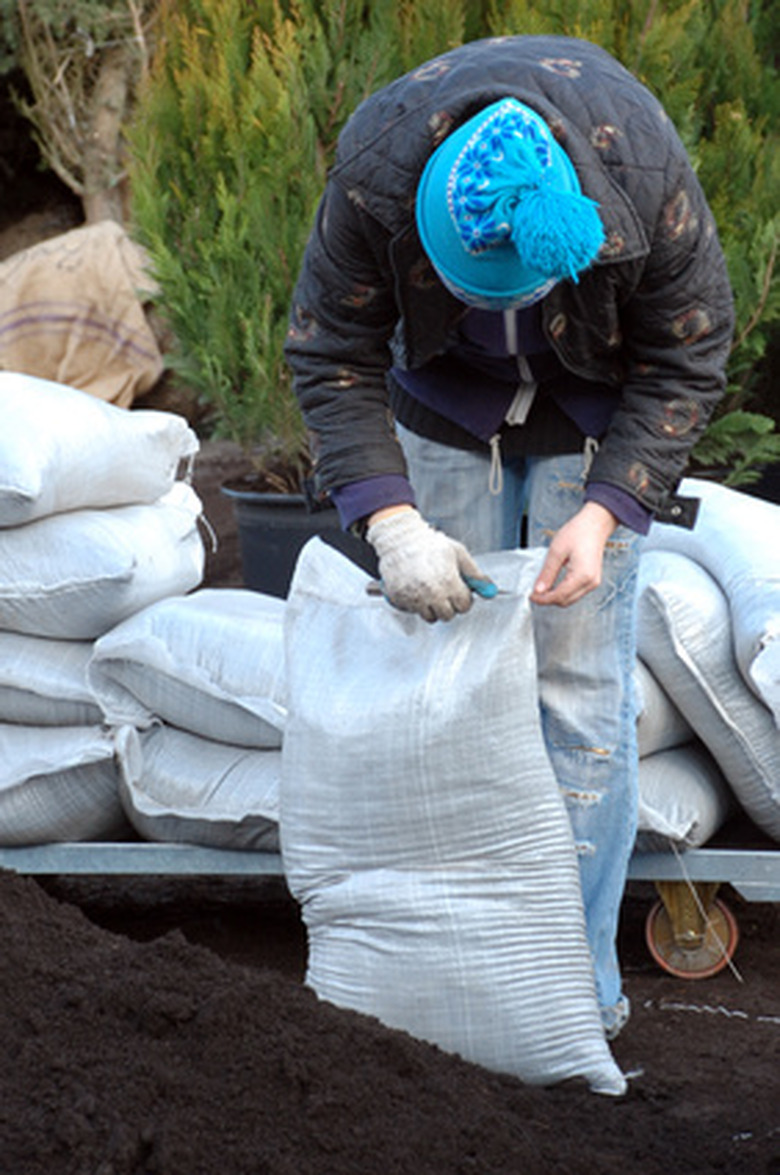Black Earth Vs. Top Soil
Garden centers and landscape contractors often sell soil in bulk to customers who need large quantities. Smaller needs are fulfilled by picking up one or more plastic-wrapped 40-lb. bags of soil. While the labels "black earth" and "top soil" are often used interchangeably for this soil, they are not really the same.
Top Soil
Top Soil
Top soil refers to the general top 2 to 8 inches of soil found in a fertile area. The soil is rich in organic material and has an active, thriving micro-fauna population. Top soil is usually either deep brown or black in color and for this reason is often called black earth or black soil.
Black Earth
Black Earth
Not all black soil is top soil, though. Soil may have the presence of chemicals such as iron that give it a dark brown to black coloring. There is no guarantee that the soil has any of the attributes of top soil that make it desirable for plant growth.
Water Bottle Test
Water Bottle Test
A way to check the composition of soil is to give it a water test. Fill an empty clear quart jar about 2/3 full with the soil. Fill to the top of the jar with water. Cap the bottle and give it a vigorous shaking for a minute. Let the soil and water settle for a day. Organic material is lighter than the minerals in soil and will be at the top of the settled soil. If the layer of organic material is very thin, you will know that it is either very poor top soil or soil that is merely black in color.
Black Earth Uses
Black Earth Uses
Buying black earth that is not top soil is acceptable if it is not needed for areas where plant growth is important. Filling in a low area, creating walkways in a high water table area or making a small earthen dam are all important uses for soil that is not top soil.
